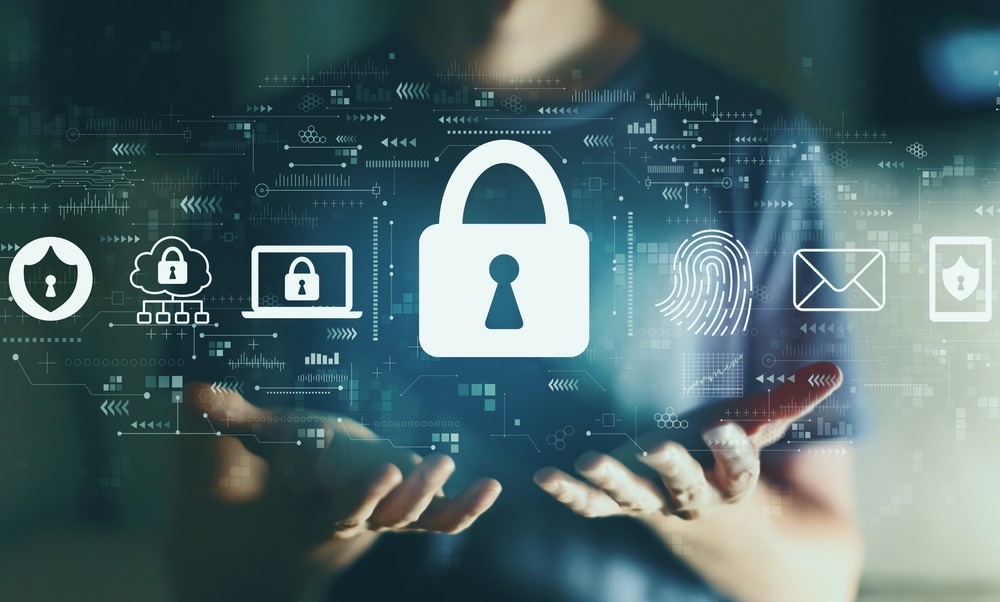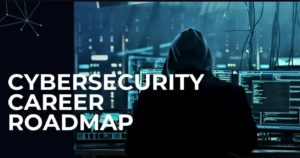Cybersecurity Begins with Smart Clicks and Strong Passwords
In today’s ever-connected world, cybersecurity is not just the responsibility of IT departments; it starts with every employee, every user,...

In today’s ever-connected world, cybersecurity is not just the responsibility of IT departments; it starts with every employee, every user, and every single click. One careless interaction or a weak password is all it takes for a breach to occur. In fact, even the most advanced security infrastructure can be undermined by human error. That’s why good cyber hygiene is no longer optional—it’s essential.
As businesses increasingly rely on digital systems, the risks grow in parallel. Hackers are not only exploiting vulnerabilities in software but are actively targeting human behaviour. It’s this combination of technical and behavioural threats that makes cyber security awareness and strong password habits critical elements in any defence strategy.
The Rise of Sophisticated Cyber Threats
Cyber threats today are multifaceted and highly targeted. Attackers use advanced phishing techniques, malicious downloads, and social engineering tactics that are designed to trick even vigilant users. A convincing email, a misleading link, or an infected attachment can open the door to significant financial and reputational damage.
What’s more, cyber criminals understand that it’s easier to exploit people than technology. That’s why businesses must address not only firewalls and software but the vulnerabilities created by human decisions. In this landscape, awareness is a powerful shield. When individuals recognise risks and act with caution, they become part of the solution.
Smart Clicking: Your First Line of Defence
Every time someone clicks a link, opens a file, or enters a password, a judgement is being made—whether consciously or not. It only takes one careless action to trigger a breach.
Tips for Smarter Clicking:
- Never click on suspicious links, especially from unknown senders.
- Check the email sender’s address closely—look for subtle misspellings.
- Hover over links to preview their destination before clicking.
- Be cautious of urgent messaging or threats demanding immediate action.
Creating a culture of caution doesn’t mean slowing productivity—it means making smarter, safer decisions. Building awareness around these basic actions reduces the risk dramatically and sets the foundation for a secure digital environment.
Passwords: Weakest Link or Strongest Shield?
Despite ongoing warnings, many users still rely on weak, predictable passwords or reuse the same credentials across multiple platforms. This practice creates enormous vulnerabilities. Once a hacker gains access to one account, they can often breach others in seconds.
What Makes a Strong Password?
- A mix of uppercase, lowercase, numbers, and symbols
- At least 12 characters in length
- No personal information (names, birthdays, etc.)
- Unique for each account
But even strong passwords are not enough if they are poorly managed. Forgotten credentials, sticky notes on monitors, or storing them in unencrypted files all compromise security. This is where a password management company becomes invaluable.

The Role of a Password Management Company
A professional password management company provides tools and platforms that ensure users can securely create, store, and access their passwords without relying on memory or insecure notes. These services help eliminate reused or guessable passwords while maintaining convenience.
Benefits of Using a Password Management Solution:
- Automated generation of secure passwords
- Encrypted storage across devices
- Multi-factor authentication integration
- Audit trails and usage tracking for administrators
In business environments, password management systems streamline onboarding, minimise unauthorised access, and drastically reduce helpdesk requests related to forgotten credentials. More importantly, they help enforce consistent security standards across the organisation.
Building a Cyber Security Awareness Culture
Even the most advanced security measures are undermined if the workforce lacks awareness. That’s why cyber security awareness must be integrated into the organisational culture from top to bottom.
This means going beyond one-time training sessions. Businesses should offer regular, engaging modules that update employees on emerging threats and keep best practices fresh in their minds.
Cyber Hygiene Education Should Include:
- Understanding social engineering tactics
- The importance of software updates
- Proper handling of sensitive data
- Recognising and reporting suspicious behaviour
Leadership also plays a critical role. When executives and managers model secure behaviour, it reinforces a culture where security is taken seriously.
Common Mistakes That Open the Door to Attackers
Many breaches occur not through complex hacking but through preventable user errors. Below are some of the most frequent mistakes:
- Reusing the same password across platforms
- Clicking on links without verifying sources
- Using outdated software without applying patches
- Accessing sensitive data on public Wi-Fi
- Allowing auto-fill on shared devices
Avoiding these pitfalls doesn’t require advanced training—just consistent, organisation-wide vigilance supported by the right tools.
Best Practices for a Safer Digital Workspace
A secure digital environment isn’t built overnight. It requires a structured approach and clear, practical steps that everyone can follow. Here are some guidelines that help reinforce a secure work culture:
Cyber Security Checklist for Teams:
- Enforce unique, strong passwords
- Require multi-factor authentication
- Conduct regular awareness training
- Restrict admin privileges to essential personnel
- Maintain up-to-date antivirus and anti-malware tools
- Schedule routine data backups
Embedding these practices into daily routines ensures that security isn’t treated as an afterthought but as part of how work gets done.

How Password Management and Awareness Work Together
Tools alone can’t stop cyber threats. Neither can awareness training in isolation. It’s the synergy between human behaviour and secure technology that builds robust protection.
While cyber security awareness empowers users to make smart choices, password management systems ensure that their credentials are strong, unique, and protected. When used together, they close many of the gaps that attackers seek to exploit.
Training users to understand why a password should be complex, and then giving them a tool to manage it, reduces both risk and resistance. It’s a strategy that meets both human and technological needs.
Conclusion
Smart clicks and strong passwords might seem simple on the surface, but they form the cornerstone of effective cybersecurity. As digital threats become more cunning, businesses must act decisively. That means cultivating cyber security awareness and partnering with a reliable password management company to protect every access point.
Security is no longer just about locking the doors—it’s about training everyone in the building to know how to lock them, and when. By embedding secure behaviours into your culture and providing the right tools to support them, you create an organisation that’s resilient from the inside out.
Renaissance Computer Services Limited understands the dual importance of smart user habits and robust password strategies. Together, they lay the foundation for a secure, efficient, and forward-thinking digital future.



